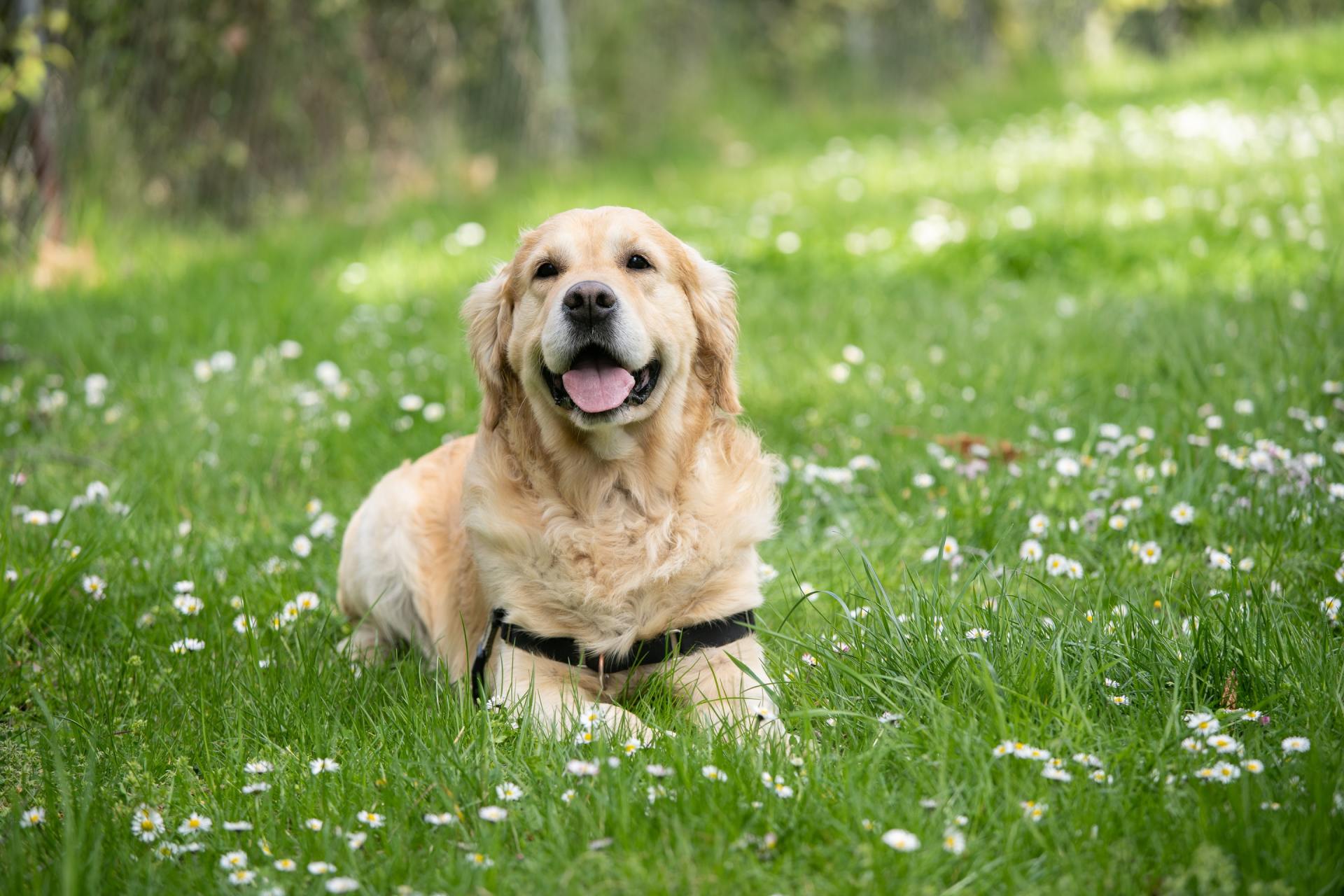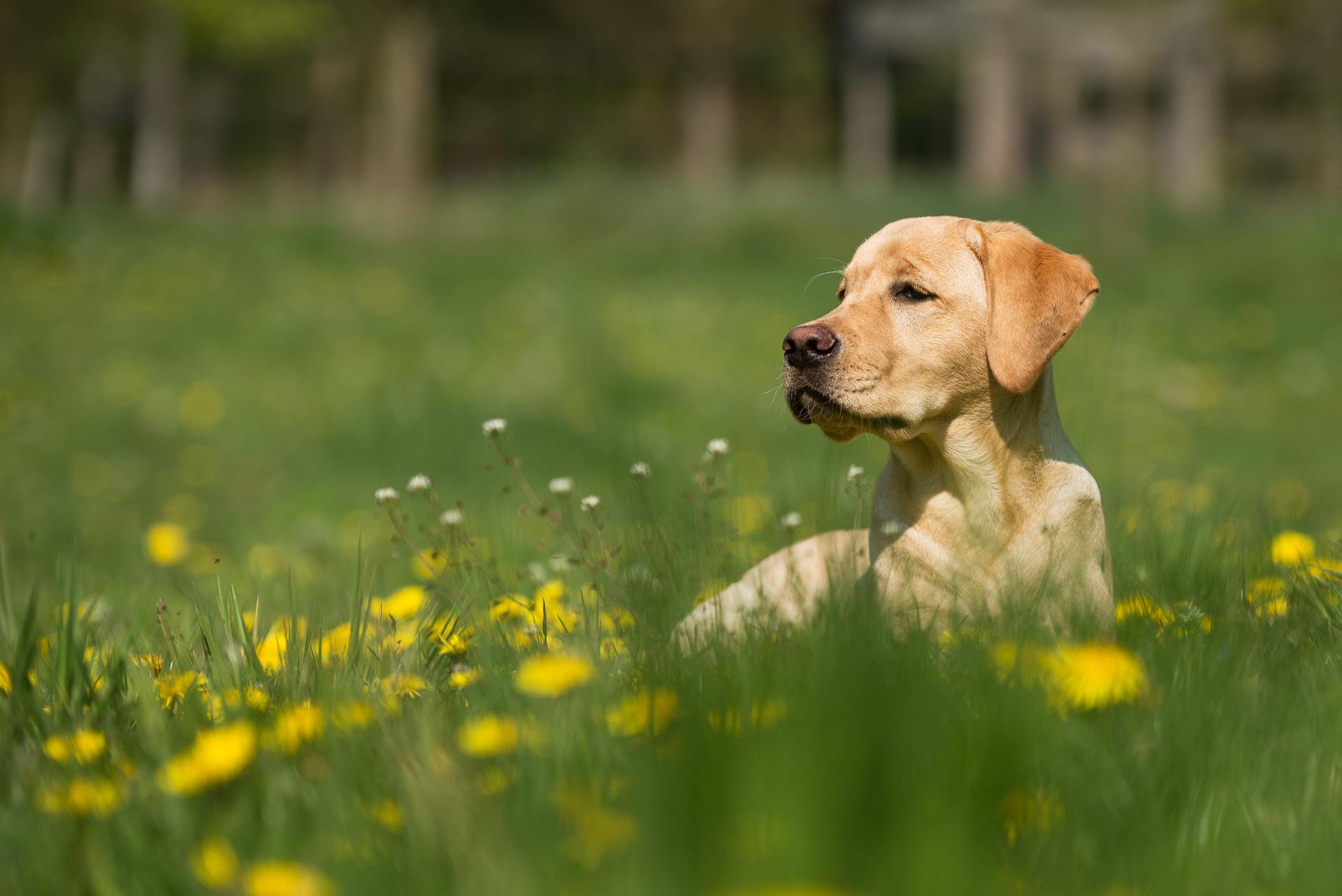DogSafe: Training Guide
Proper training of your pet is essential to the success of the DogSafe Rechargeable In-Ground Fence system,
Read this section completely before beginning to train your pet.
- Safe area (play) training is most important to your dog's success.
- Train for 10 minutes or less at a time. Do not try to do too much too quickly. More-frequent short sessions are better than less-frequent longer sessions.
- We suggest a minimum of 10 days of training. Depending on your pet and your consistency, the training could take more or less time.
- Always have small pieces of your pet's favorite treats readily at hand. Promptly reward your pet for good behavior. If your pet goes crazy for a certain ball or toy, use that instead or in addition. Never treat your pet or allow them to a treat in the static correction zone.
- If your pet shows sign of stress, slow down the training schedule, add additional days for training or increase the amount of play time with your pet in the pet area. Common stress signals include:
- Pet pulling on leash toward the house
- Ears tucked or pulled back
- Tail down or tucked between legs. Body lowered
- Nervous/frantic movement or stiffening of pet's body
- Lip-licking or yawning
- Your pet must be completely comfortable near the boundary flags at the end of each session within 10ft. of the boundary flags.
- Finish each training session on a positive note with lots of praise and play
- Remove the receiver collar after each training session.
- Be sure to contain your pet by another means during the training period (e.g. pen, tie-out, leash, etc.) If you need to take your pet out of the pet area, remove the receiver collar and either pick your pet up or put him in the car to pass out of the pet area. The goal is for you pet to associate leaving the pet area only with you.
- Even if you think you pet is responding well to the training, complete the entire training. Consistency is key.
Additional tips: Make sure you charge the collar/receiver every 3-4 months. Check the transmitter to make sure it has power. If the boundary wire is cut the transmitter will beep.
Proper fit of the receiver collar is important. A receiver collar worn for too long or made too tight on your pet's neck may cause skin damage, ranging from redness to pressure ulcers. This condition is commonly known as bed sores.
- Avoid leaving the receiver collar on your pet for more than 12 hours per day.
- Check the fit to prevent excessive pressure; follow the instruction in the manual.
- Never connect a leash to the receiver collar; it will cause excessive pressure on the contact points.
- When using a separate collar for a leash, do not put pressure on the receiver collar.
- Wash your pet's neck area and the contact points of the receiver collar weekly with a damp cloth.
- Examine the contact area daily for signs for a rash or a sore.
- If a rash or sore is found, discontinue use of the receiver collar until the skin has healed.
- If the condition persists beyond 48hours, see you veterinarian.
These steps will help keep your pet secure and comfortable. Millions of pets are comfortable while they wear stainless steel contact points. Some pets are sensitive to contact pressure. You may find after some time that your pet is very tolerant of the receiver collar. If so, you may relax some of these precautions. It is important to continue daily checks of the contact area. If redness or sores are found, discontinue use until the skin has fully healed.
Important: The proper fit and placement of you receiver collar is important for effective training, The contact points must have direct contact with your pet's skin on the underside of his neck.
- With your pet standing, fit the receiver collar snugly onto your pet's neck so that the contact points make contact with your pet's skin on the underside of his or her neck. Make sure the PetSafe logo is right-side up.
- Check the tightness of the receiver collar by inserting one finger between the end of a contact point and your pet's neck. The fit should snug but not constricting.
- Allow you pet to wear the receiver collar for a few minutes, then check it again. You may need to trim the hair in the area of the contact points. Never shave your pet's neck, this may lead to a rash or infection.
- The collar will slip if it is not properly threaded. The slide buckle prevents the collar from becoming loose around your pet's neck and the ridges must be facing up.


